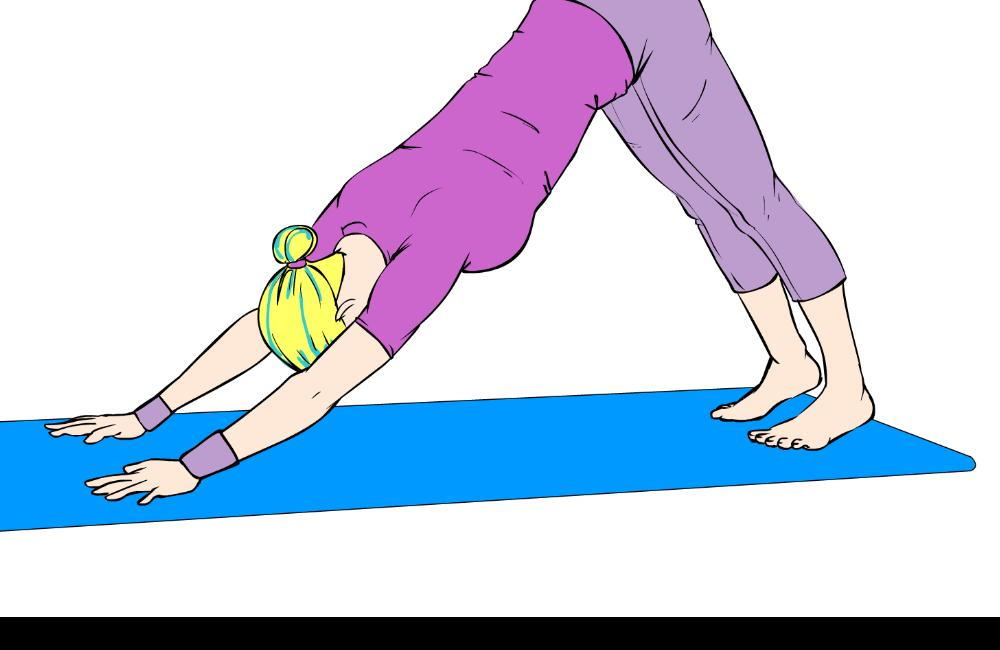
Over the past decade, yoga has become a very popular form of physical and mental exercise, and is said to have many meditative and therapeutic benefits. However, certain headstand positions, like the downward facing dog pose, are associated with dramatic increase in intraocular fluid pressure (IOP). That could be a problem for people with glaucoma, especially considering new research that indicates IOP remains elevated even after the participant has returned to an upright position.
This doesn’t mean that people with glaucoma can’t do yoga, but a better understanding of how IOP is affected by headstand positions will allow glaucoma patients to avoid certain poses and adjust their routines for a safe and healthy experience.
The Risk of Headstand Positions
A recent study from Mt. Sinai Health Systems is comparing eye pressure in people with no eye-related disease and glaucoma patients as they perform a series of inverted yoga positions, to measure the increase in IOP and how long the increased pressure lasts. They covered the following positions:
The researchers captured the IOP in each group at baseline seated, immediately assuming the pose, and two minutes while holding the pose. All four poses raised IOP in both the control group and the glaucoma patients, with the greatest increases associated with downward facing dog. Once the subjects returned to a seated position, they waited ten minutes and tested their IOP again. In most cases, the pressures remained slightly elevated.1
The study didn’t show a dramatic difference in IOP between the control group and those participants with glaucoma, but the researchers believe additional study is warranted.
“As we know that any elevated IOP is the most important known risk factor for development and progression of nerve damage to the eye, the rise in IOP after assuming the yoga poses is of concern for glaucoma patients and their treating physicians,” said study author Jessica Jaisen, M.En. “In addition, glaucoma patients should share with their yoga instructors their disease to allow for modifications during the practice of yoga.”
How Should I Modify My Yoga Routine?
Because of these findings and as a precautionary measure while more research is being done, it is probably best for yoga enthusiasts with glaucoma to avoid headstand positions during their routines. However, because yoga is an individual exercise that can be tailored to the individual, it could simply be a matter of implementing some small modifications to your normal routine.
To illustrate this idea, we asked a yoga instructor to come up with a glaucoma-friendly routine that eliminated potentially harmful rest poses like downward facing dog and standing forward bend.
Research funded by people like you gives hope to the glaucoma community. Your generous donation to Glaucoma Research Foundation goes to support those developing the next generation of glaucoma programs, treatments, and innovations.
1 Mount Sinai Health System. "Certain yoga positions may impact eye pressure in glaucoma patients." ScienceDaily. ScienceDaily, 7 January 2016.
